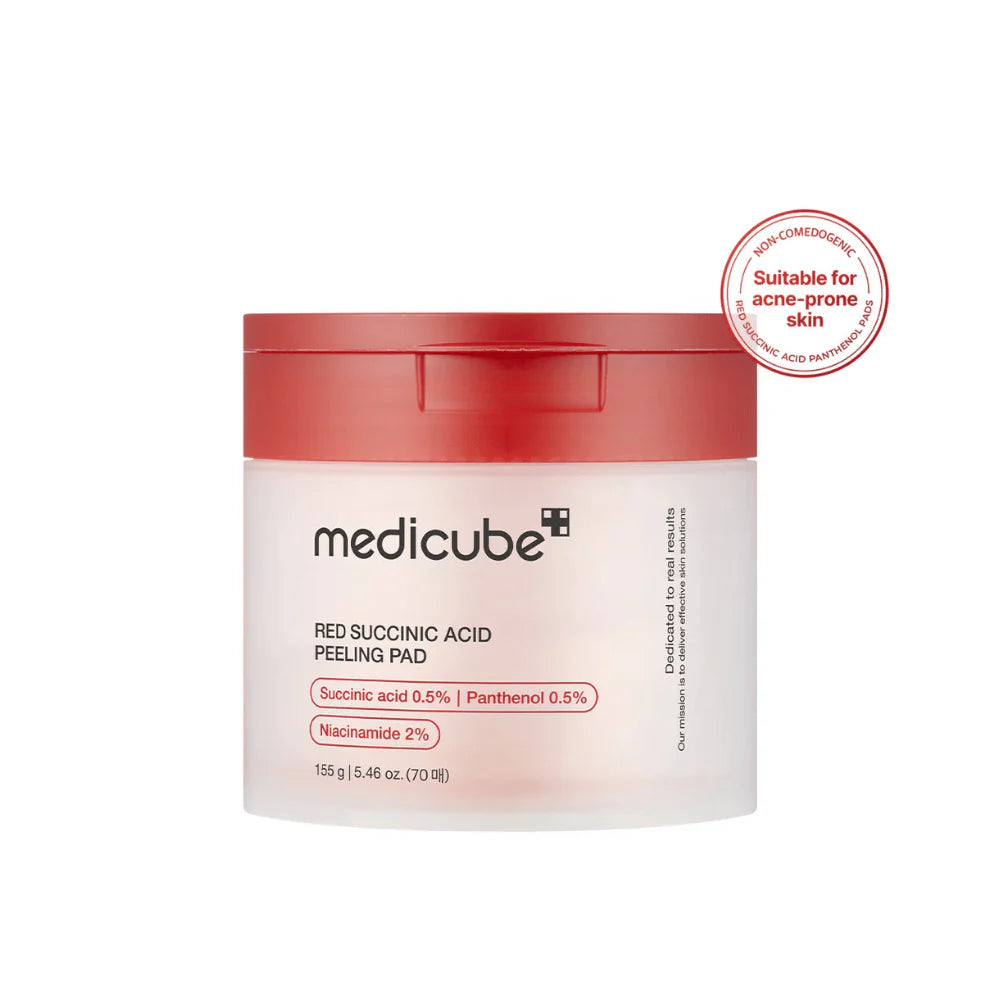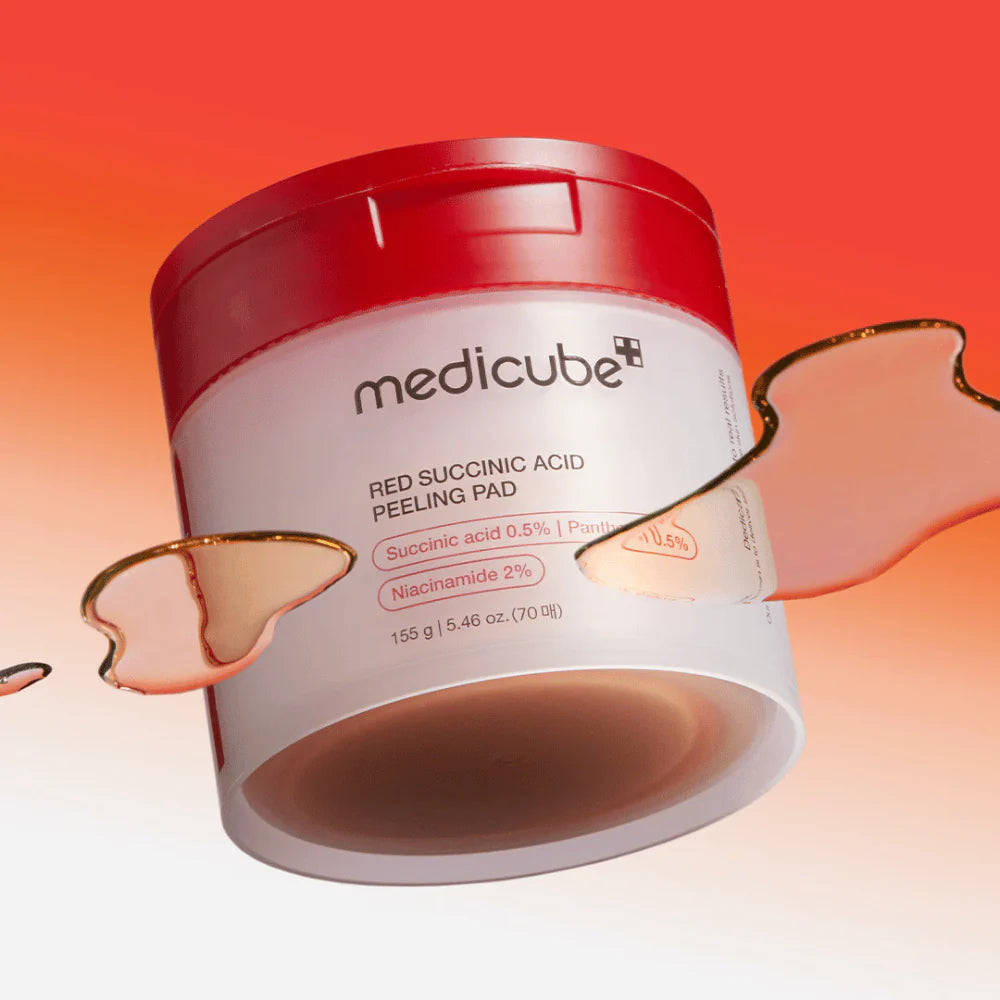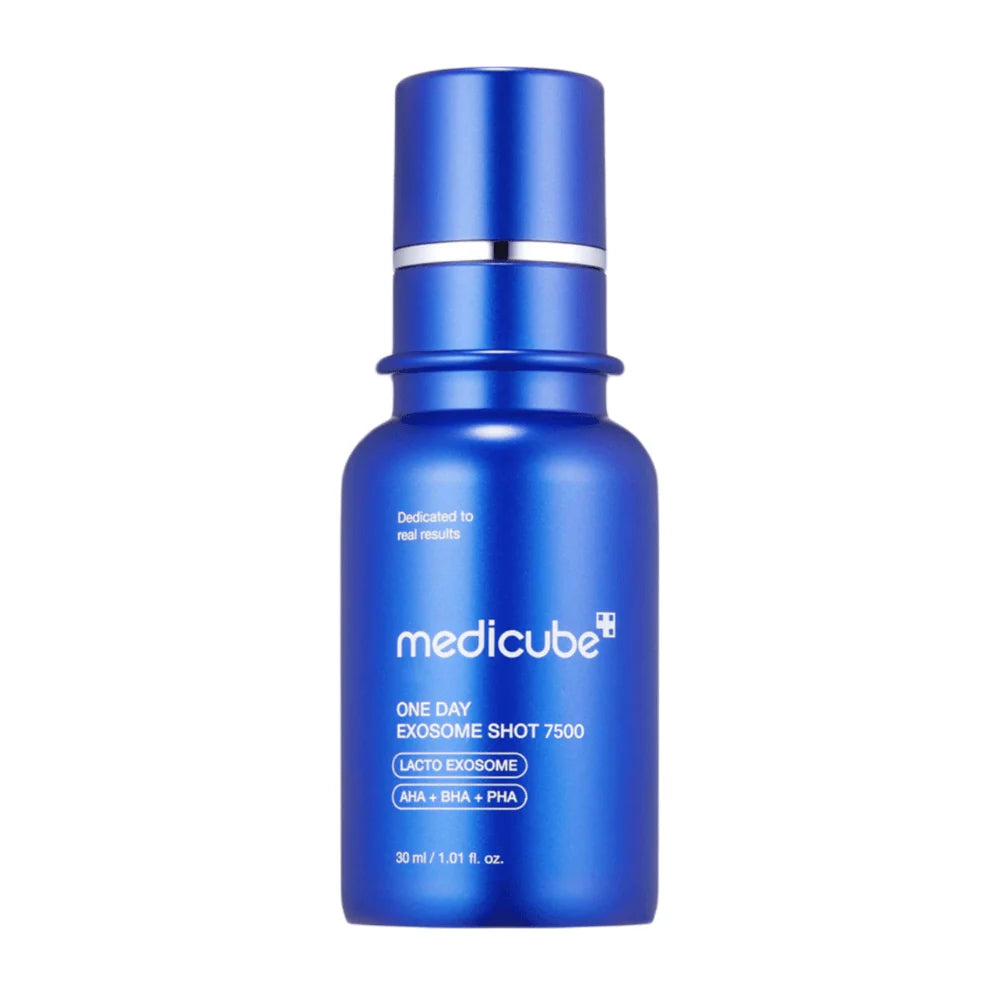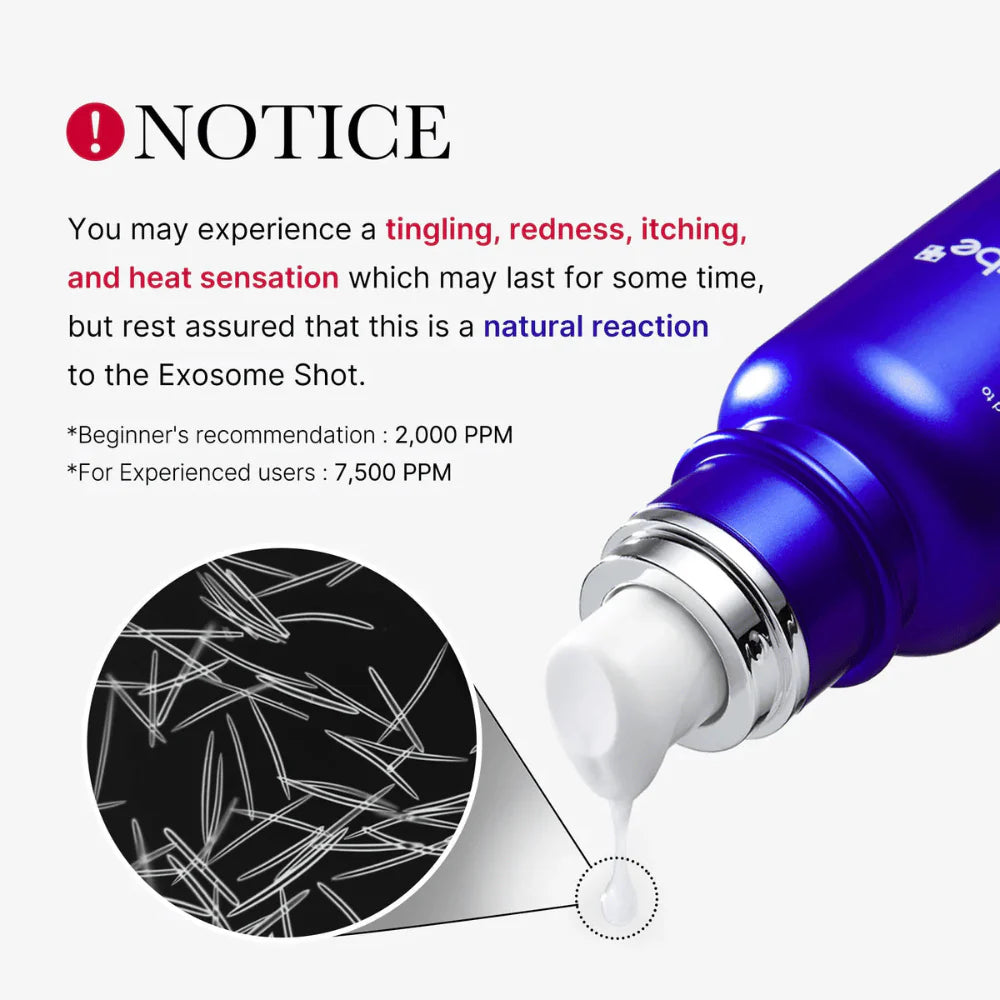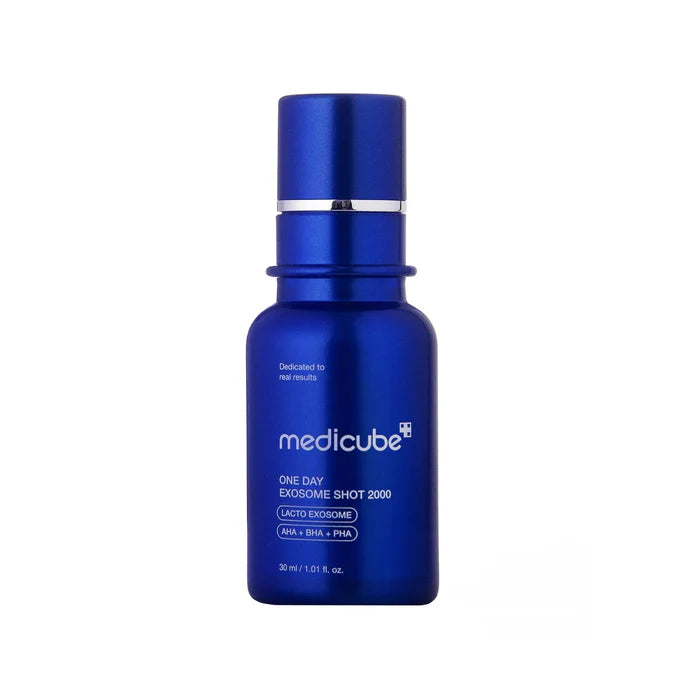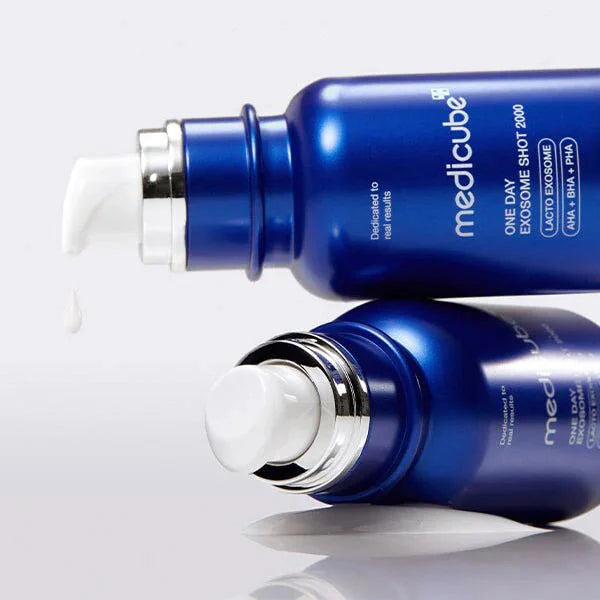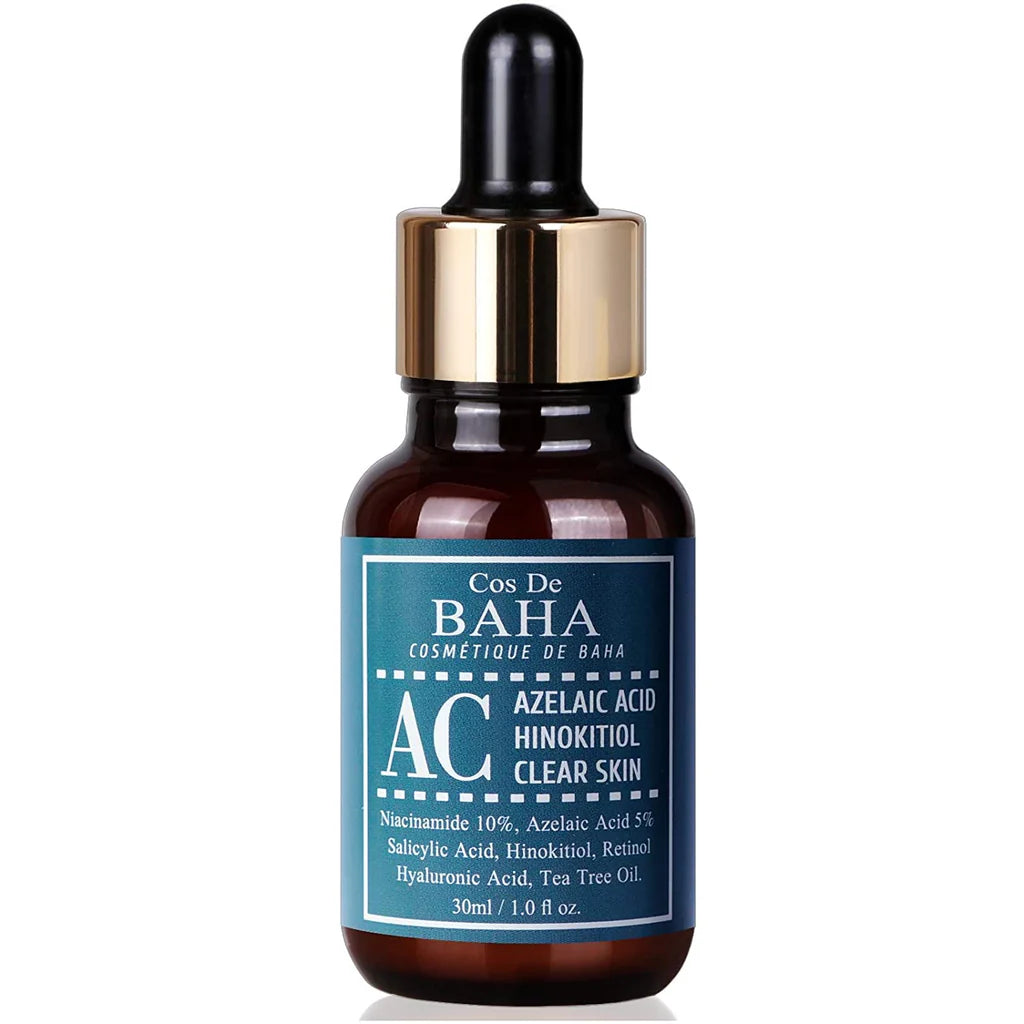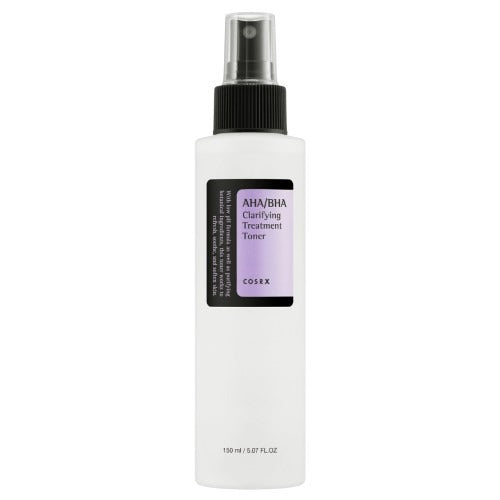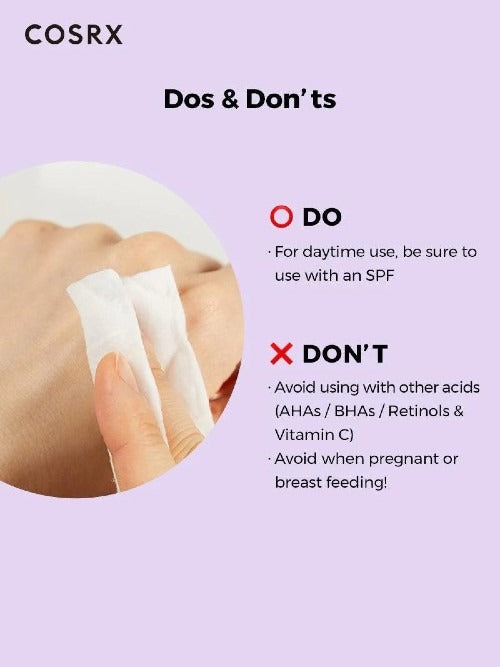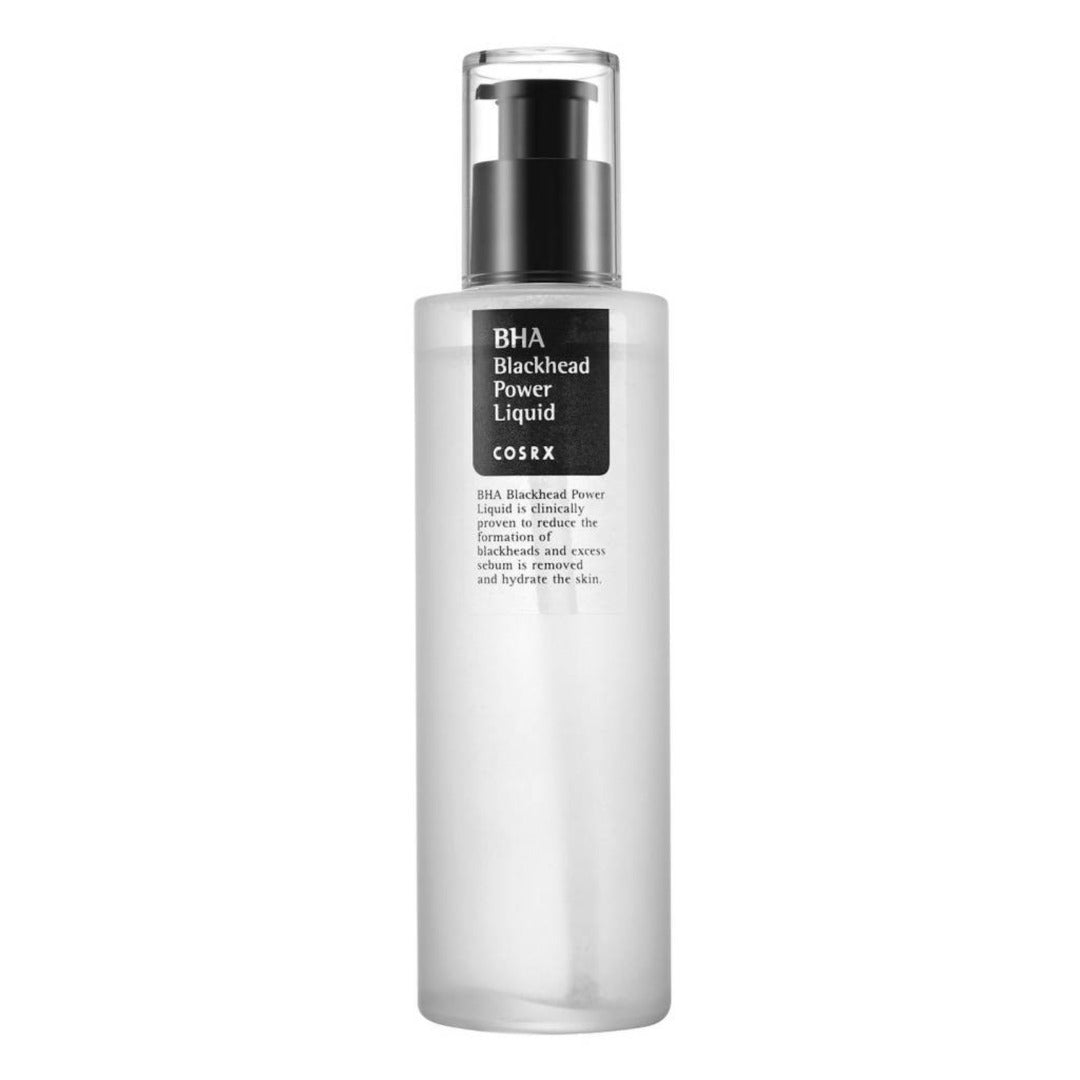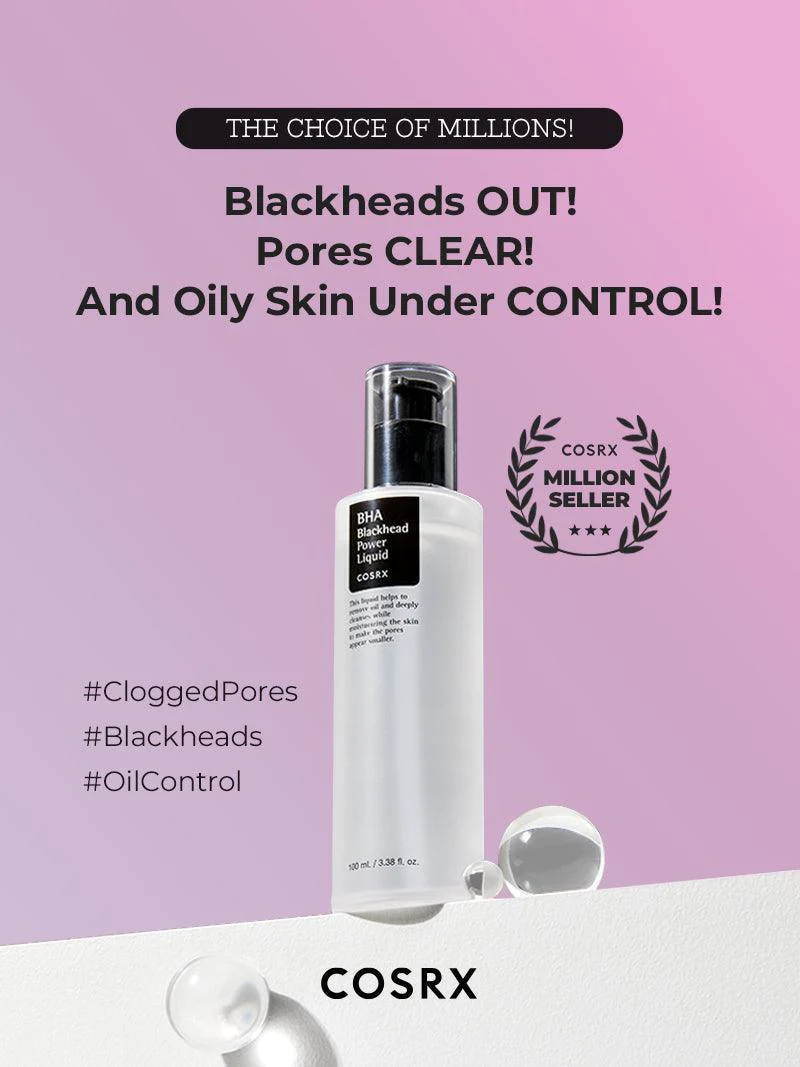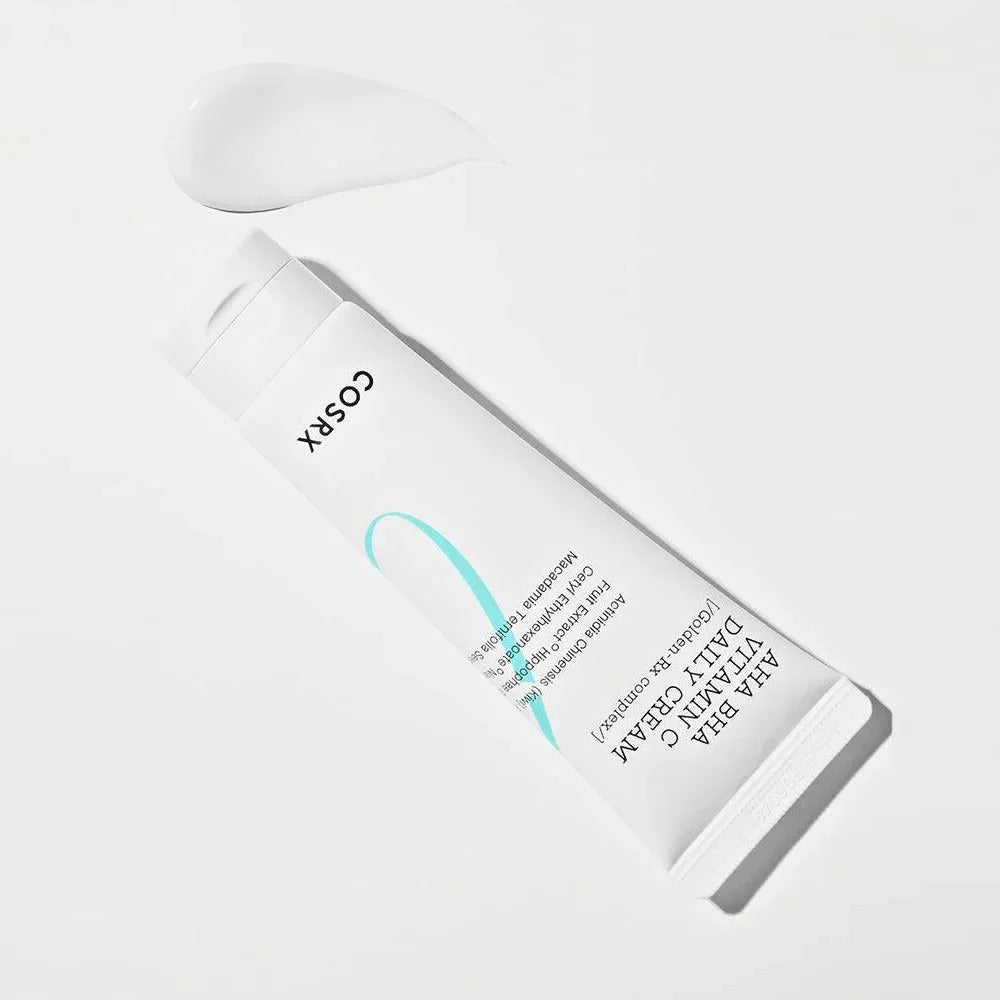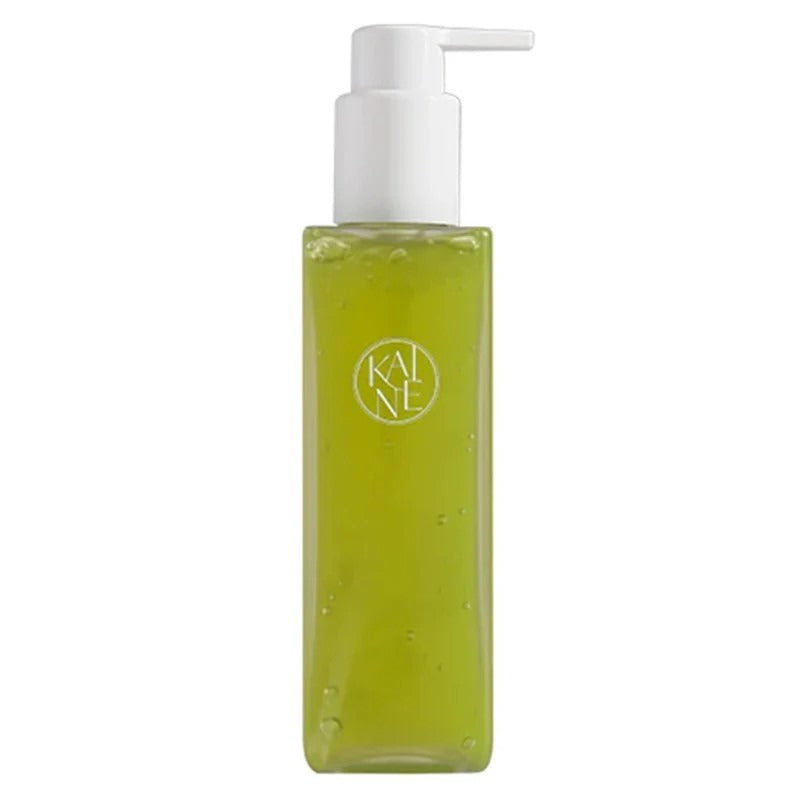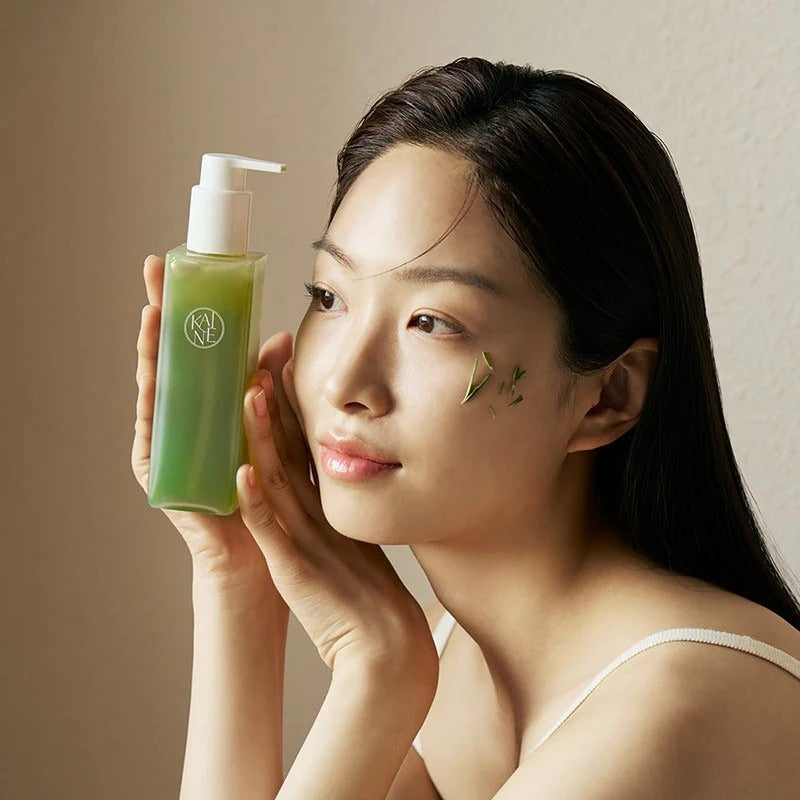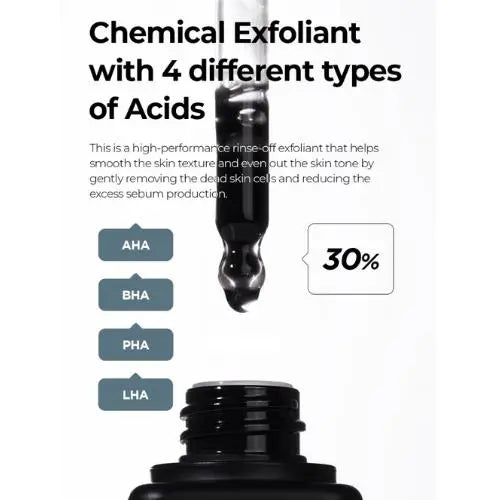Salicylic acid / BHA
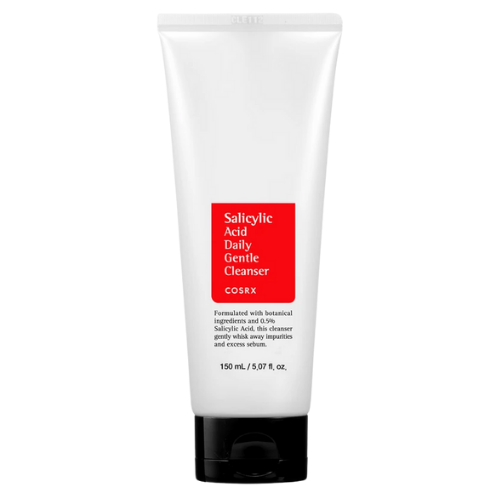
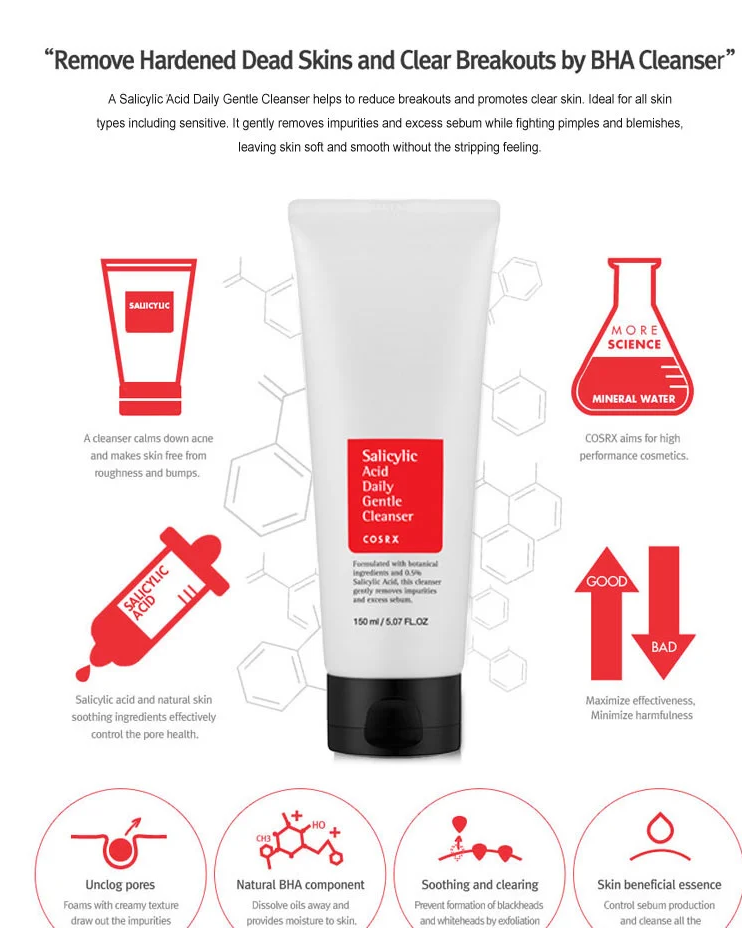
Salicylic Acid Daily Gentle Cleanser
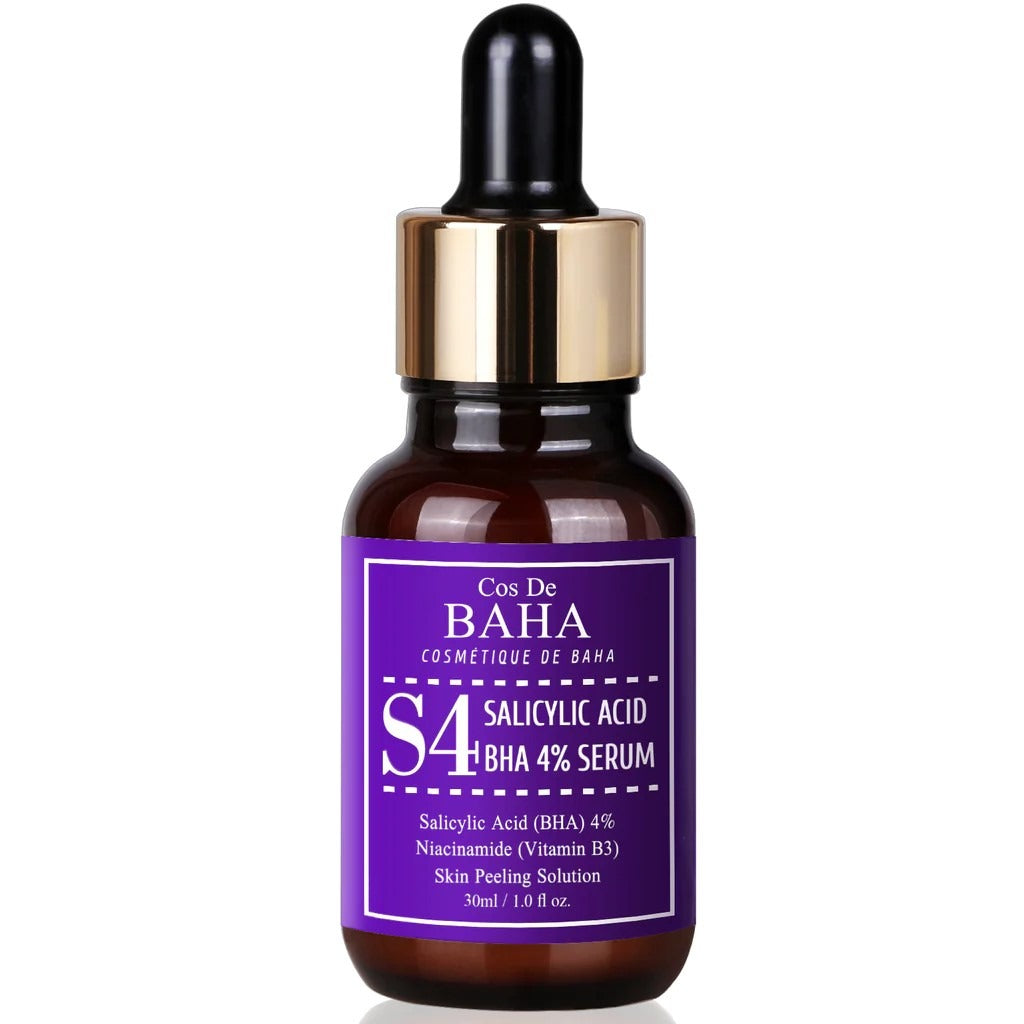
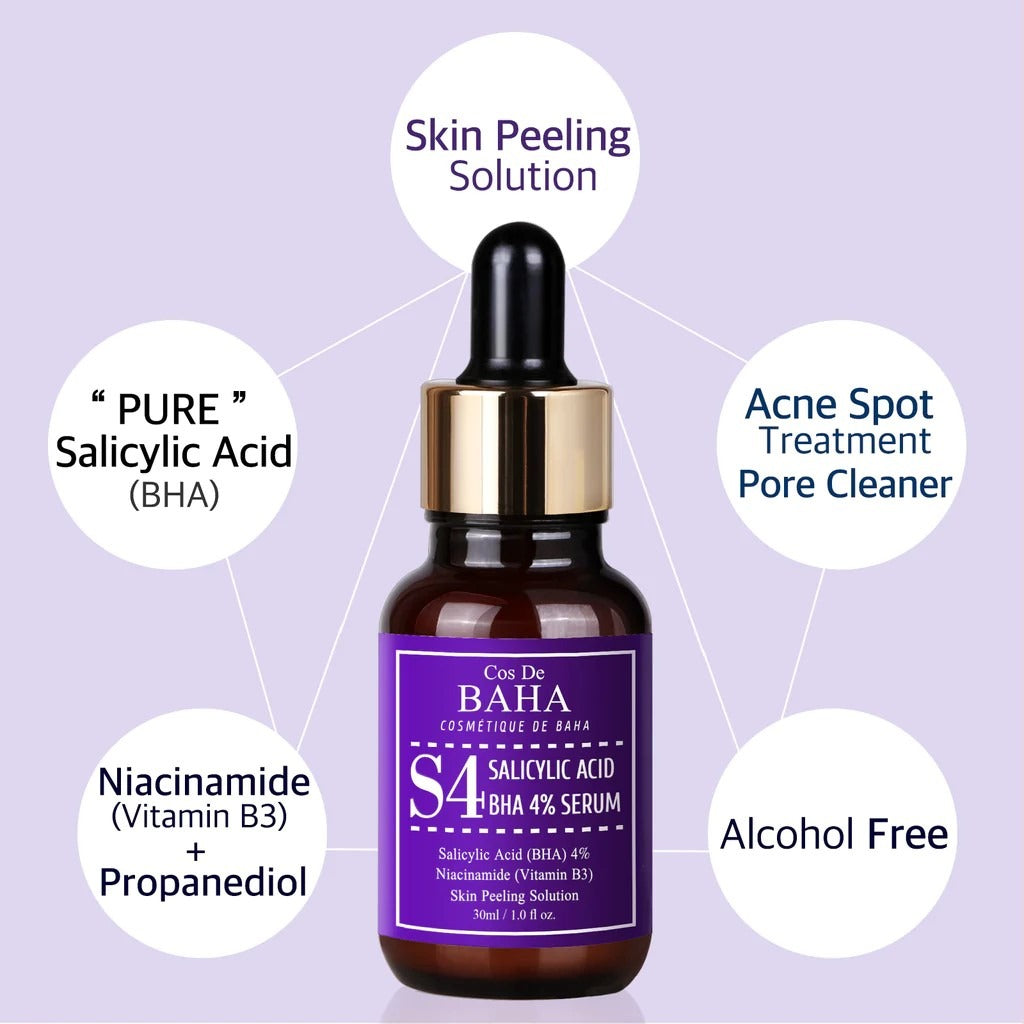
Salicylic Acid BHA 4% Serum


GS AHA BHA Facial Toner
What is BHA?
BHA is best suited for oily or acne-prone skin. It's also best to use BHA if you suffer from clogged pores or blackheads; salicylic acid penetrates the pores and removes sebum, dead skin cells, and dirt. This helps BHA combat blackheads and pimples. BHA also has anti-inflammatory properties, calming the redness and irritated skin that often accompany acne. So, if you want to get rid of your acne and achieve calm, even-toned skin, BHA is definitely worth a try.
In terms of chemical structure, BHA is related to aspirin, an antipyretic and anti-inflammatory drug that was once widely used as a pain reliever. The "real" name for aspirin is even acetylsalicylic acid! So yes, they are definitely related. Like aspirin, salicylic acid is a strong anti-inflammatory and therefore effective against both acne and rosacea. Regular use of a product containing BHA can lead to smooth, calm, and hydrated skin.
You can get professional peels with a concentration of up to 30% BHA. These are intensive peels that fade hyperpigmentation, refine skin texture, and dramatically reduce acne. With such high concentrations, it's important that the peel is performed in a clinical setting and by a skin therapist or aesthetician. But salicylic acid is effective at concentrations as low as 0.5%! In Europe, a product for personal use may contain a maximum of 2% BHA. Korean products often contain even lower concentrations.
What is the difference between BHA and AHA?
BHAs are beta hydroxy acids and are better suited for oily skin, while AHAs are better suited for dry skin. AHAs accelerate the skin's natural renewal process by removing dead skin cells, while BHAs penetrate deep into the pores and are suitable for oily skin. Glycolic acid, lactic acid, mandelic acid, and malic acid are well-known AHAs, each with their own properties. Glycolic acid is the most researched and effective, but can also cause more irritation. Mandelic acid and malic acid are better suited for sensitive skin.
How do you use BHA?
When using a BHA, there are a few things to keep in mind. As with many things, everything in skincare should be done in moderation. You run a greater risk of irritation if you use too many active ingredients at once. Furthermore, using BHA is quite simple. There are several skincare products that contain salicylic acid. A common way to apply BHA is with an exfoliating toner, but peeling pads or peeling gels are also effective.
A helpful tip is to avoid combining BHA with Retinol or Vitamin C in your daily routine. This way, you'll prevent your skin from becoming overloaded. For example, try using BHA alternate days, Retinol in your evening routine the next, and Vitamin C every other day in the morning. Once you feel your skin can handle it, you can gradually increase the dosage. Always listen to your skin, and if it doesn't feel right, take a step back. Every skin is unique, so adjust your routine accordingly!
BHA is an extremely versatile ingredient and therefore fits perfectly into various skincare routines. Whether you want to treat acne, suffer from redness, have a dull complexion, or want to address the first signs of aging, salicylic acid can help in all these cases. It's a true multitasker. Thanks to BHA, dead skin cells don't build up on your skin and in your pores, allowing your serums, essences, and ampoules to be better absorbed.
If your skin is very sensitive, it's advisable to gradually increase your BHA use. For example, you could try a product that combines a relatively low concentration with healing, soothing ingredients like aloe vera, urea, ceramide, or propolis. This way, your skin can benefit from the best of both worlds!

